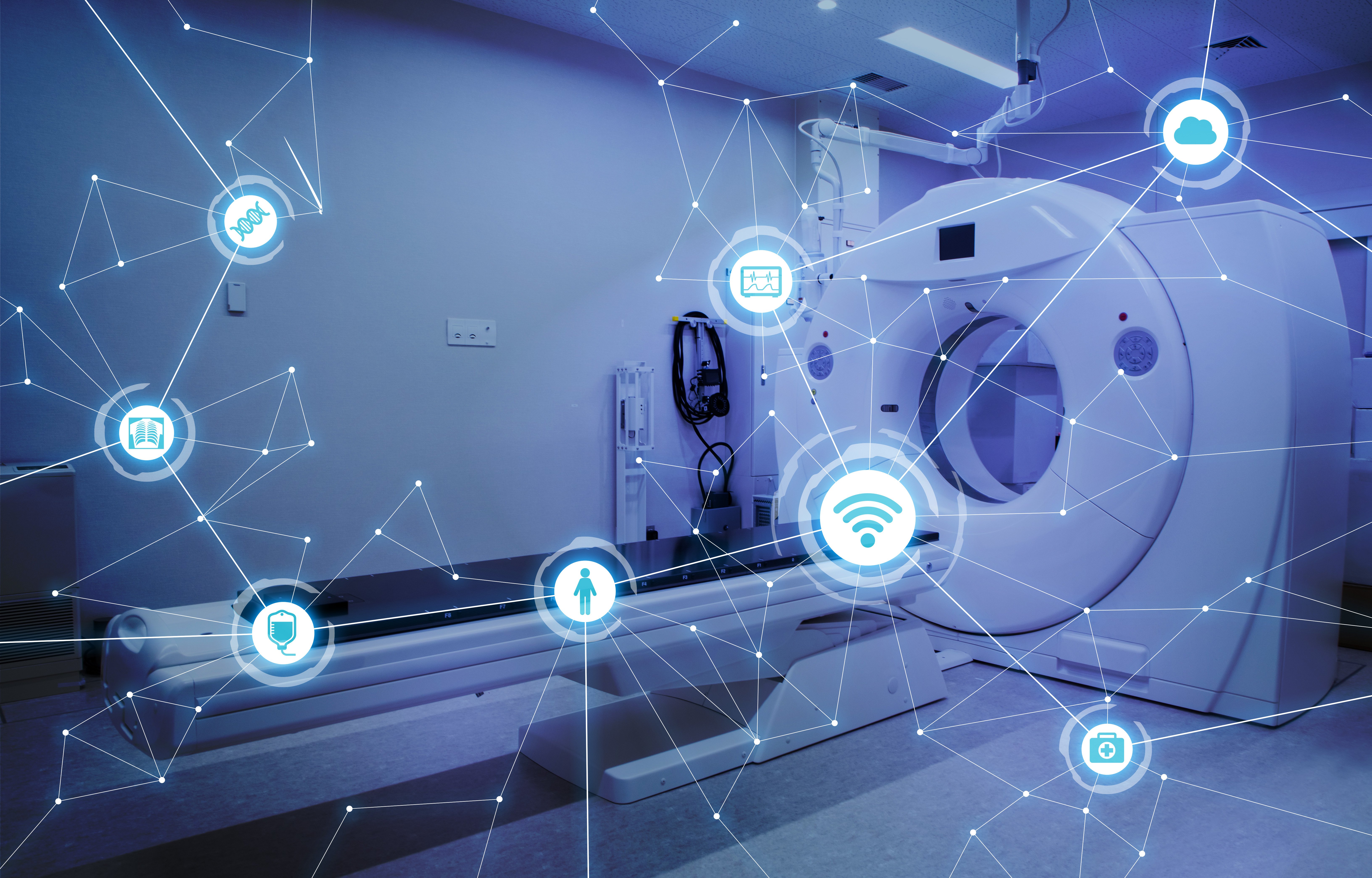The Internet of Medical Things (IoMT) is essentially the integration of IoT in the medical field. The Internet of Medical Things is an architecture of connected healthcare software and hardware devices that connect healthcare IT platforms via online computer systems. It can be defined as a set of devices that use the Internet of Things for medical purposes.
IoMT is not only an investment for healthcare institutions; it helps them respond effectively and efficiently to patient needs, reduce healthcare costs, provide timely attendance of medical responses, and increase the quality of medical treatment. Unfortunately, the proliferation of IoMT devices also creates potential privacy and security threats. Studies have shown that IoMT is not immune to privacy and security because of the myriad IoMT vendors and devices in the market. Many healthcare organisations are experiencing potential cyber-attacks on IoMT devices, leading to fatal outcomes for patients and severe implications for healthcare providers.

A key feature of NAC is inventory and tag every (unknown) device inside the network. The devices can be categorised into groups and enforce different security policies. Understanding the full inventory of medical or any other device in the network will provide adequate insight for segmenting the network.
Network segmentation is a proven strategy to increase security and control large-scale network environments and is ideal for securing medical devices connected to a network. Network segmentation divides a network into smaller segments and allows network traffic to be isolated to prevent access between network areas, VLANs and switch ports. When a network is segmented wisely, most traffic stays between devices and applications within each segment, with much less traffic crossing segment boundaries.
This approach reduces the risk of breach or spreading malware attacks because it is impossible to move from one network. Only certain users will be allowed to access the network resources. If attackers compromise accounts in a specific network segment, their ability to escalate privileges or perform lateral movement across the network will be contained to that segment.
NAC solutions provide granular control of endpoint access policies and permissions, allowing healthcare institutions to protect critical data by providing employees and contractors role-based access. Role-based access control restricts system access to authorised users.
Healthcare organisations need to be assured that their ecosystems of all connected devices, including IoMT, are trusted and secured. This requires authentication and data encryption for these medical devices, among other capabilities. Digital certificates provide the mechanisms for controlling access to devices and prohibiting fraudulent data or communication origination. Using digital certificates validates that a device is authentic and assures that its messages are genuine. This approach ensures that critical healthcare information is sent from and received by only the intended recipients. The potential impact of a compromised device is minimised because it carries a unique identity, encrypts its data, and is programmed with a cryptographic key associated with that identity.

NAC solutions are an extremely valuable tool for any network infrastructure. NAC increases the overall security of any internal infrastructure by enforcing policies across all users and devices and provides improved visibility and monitoring of each device inside the network.
Health institutions must protect against the risks posed by connecting medical devices.
While IoMT has undoubtedly improved patient care, it has also led to increased vulnerabilities. A NAC solution supports regulatory certifications and security best practices and provides a clear view into network assets and network activity. It can automate processes with pre-set rules for device policy, user access and more to establish and maintain secure network infrastructure.
Digital certificates will be increasingly important for ensuring that healthcare devices meet industry and regulatory bodies. Digital certificates play a central role in delivering this confidence in traditional healthcare applications and IoT use cases for connected medical devices.
It's important to remember that NAC is only part of a security plan, not a complete security measure. NAC is a critical component of a multi-layered security policy because it monitors the inside of a company's network.